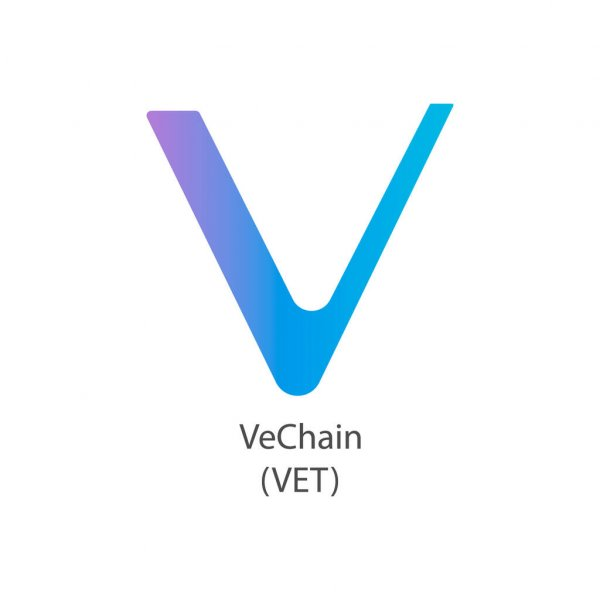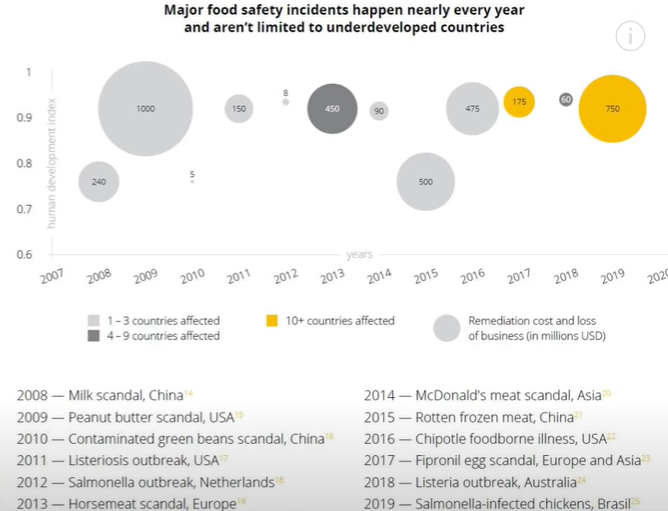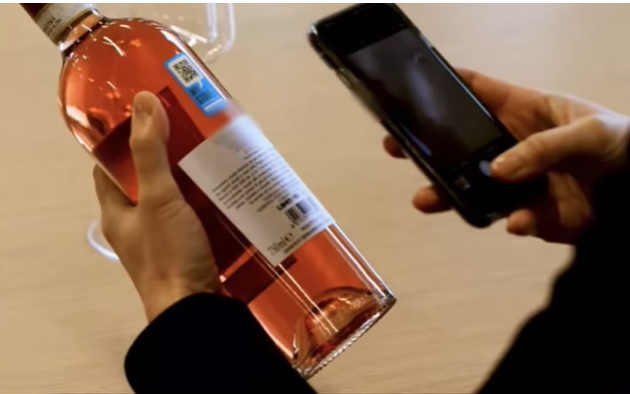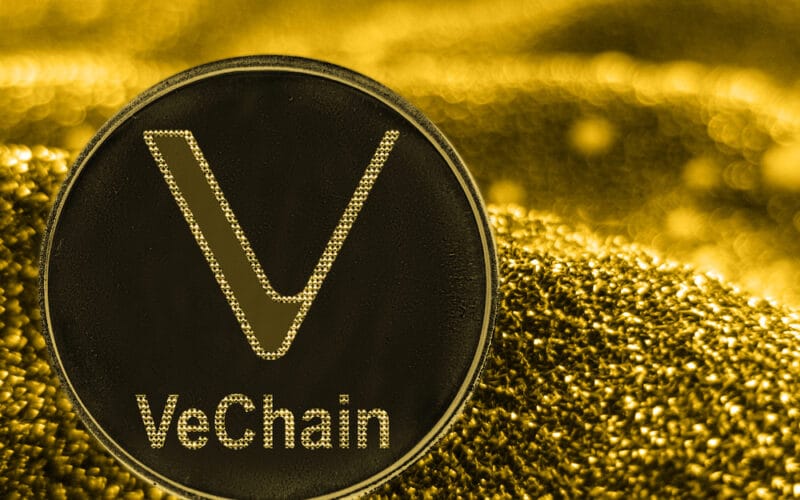When talking about crypto and blockchain, most people just think of its potential impact on the financial markets with decentralized finance, trading meme coins, Non-Fungible Tokens, staking, farming, and many other forms of making money in this market.
People are avoiding its incredibly disruptive potential for other sectors of the economy. One of the most striking examples of this is the global commerce of physical goods. According to the World Trade Organization, in 2018, the total value of all merchandise traded was over 19 trillion dollars and kept increasing.
Is there a project that could disrupt and change this giant ecosystem? Well, there is one named VeChain.
We are going to talk about how VeChain could radically transform global supply chains. We will be diving into the tokenomics of this Blockchain, explaining why its value proposition is one world economy and why it cannot be ignored. So, I invite you to keep reading to get the complete information.

What is VeChain?
VeChain is a Blockchain as a service company. They offer management solutions and logistics infrastructure for customers. The main objective is to improve the processes throughout the supply chain.
We are talking about food, clothes, even medicines, and vaccines. The idea is to allow the automation of many processes integrating Internet of Things technologies.
They seek to integrate information on the products through QR codes to monitor in real-time the entire process of the supply chain. The difference compared to other systems is that information will be saved on the blockchain in which nobody can alter it, becoming safer and more reliable.
Tokenomics – how does the VeChain blockchain work?
The Blockchain is composed of a dual token ecosystem, the native VET and VTHO. Each one works differently. VET is the carrier of value and is used to transfer inside the Blockchain; also, it is necessary to stake. Stacking is the process of committing capital to participate in the network and run an authority node.
On the other hand, we have VTHO, which is used to pay for transactions and execute smart contracts. These tokens can be earned by staking VET.

To achieve the objective, developers have chosen proof-of-consensus algorithm participation called proof of authority. It is quite centralized, but that allows it to process 10,000 transactions per second. The blockchain is a lot more amenable to the immense scalability required for tracking millions of goods.
Why is it disrupting the market?
Counterfeits and quality control are huge problems in the supply chain. It doesn’t matter if we are talking about coffee or luxury products like watches. New participants are always looking for the best way to get a slice in this business, even if it means doing things illegally.
Sometimes it is difficult to know if what you’re getting is a fake product, especially with food. Just to give an example, the estimation suggests that more than 20% of world wine sales could be from counterfeit products. We only need to look at the long list of food scandals that have had severe impacts on those consumed.

In certain cases, the consequences can be bad. For example, if it is food, medicine, or spare parts, consumers and the reputation of the large businesses can be affected.
Luckily, Blockchain is an excellent technology that guarantees transparency without having to trust third parties. In the same way that it is possible to decentralize the financial transaction record (Bitcoin), it is also possible to decentralize the registry of the supply chain.
So, if the information of a product could be verified on a public Blockchain, that would be awesome. This is the solution that VeChain proposes.
How can goods be tracked in the blockchain?
Looking to facilitate the use of this Blockchain, developers have built a special platform vetoolchain.com, the enterprise platform of VeChain.
Products can be tracked since they leave the farm and it’s identified with some sort of chip or QR code. Then, this is scanned at each stage of the supply chain, and important information is uploaded to the blockchain—the Information such as location, temperature, transport conditions, and more details.

When the product reaches the final stage of the supply chain, final vendors and consumers can check the authenticity using their smartphones. So, if you are in a restaurant and want to know if the wine ordered is legitimate, you can do it by scanning the QR code.
Problems of Vechain technology: risks and adoption
Pandemic has made adoption difficult. Companies around the world do not want to waste resources in these tense situations. They prefer to opt for traditional solutions instead of experiment with solutions that are barely just being developed.
Another aspect that works against is the proximity with the Chinese government. This is a big problem of image because companies are very skeptical about launching cooperations with projects of this type.
Conclusions
I think VeChain has the potential to revolutionize the management of the supply chain. Of course, there are other competitors, but right now, we can say it is the leader in this niche.
Although the infrastructure is relatively centralized, the participation of different nodes guarantees a certain degree of decentralization in the protocol. There is no single person or single company in charge but a more or less extensive network of nodes.
This project may be badly related to the speculative crypto market. Still, fundamentals look strong, and the VeChain team is not sitting hoping for adoption but forming meaningful partnerships and taking the proper steps towards mass adoption.








